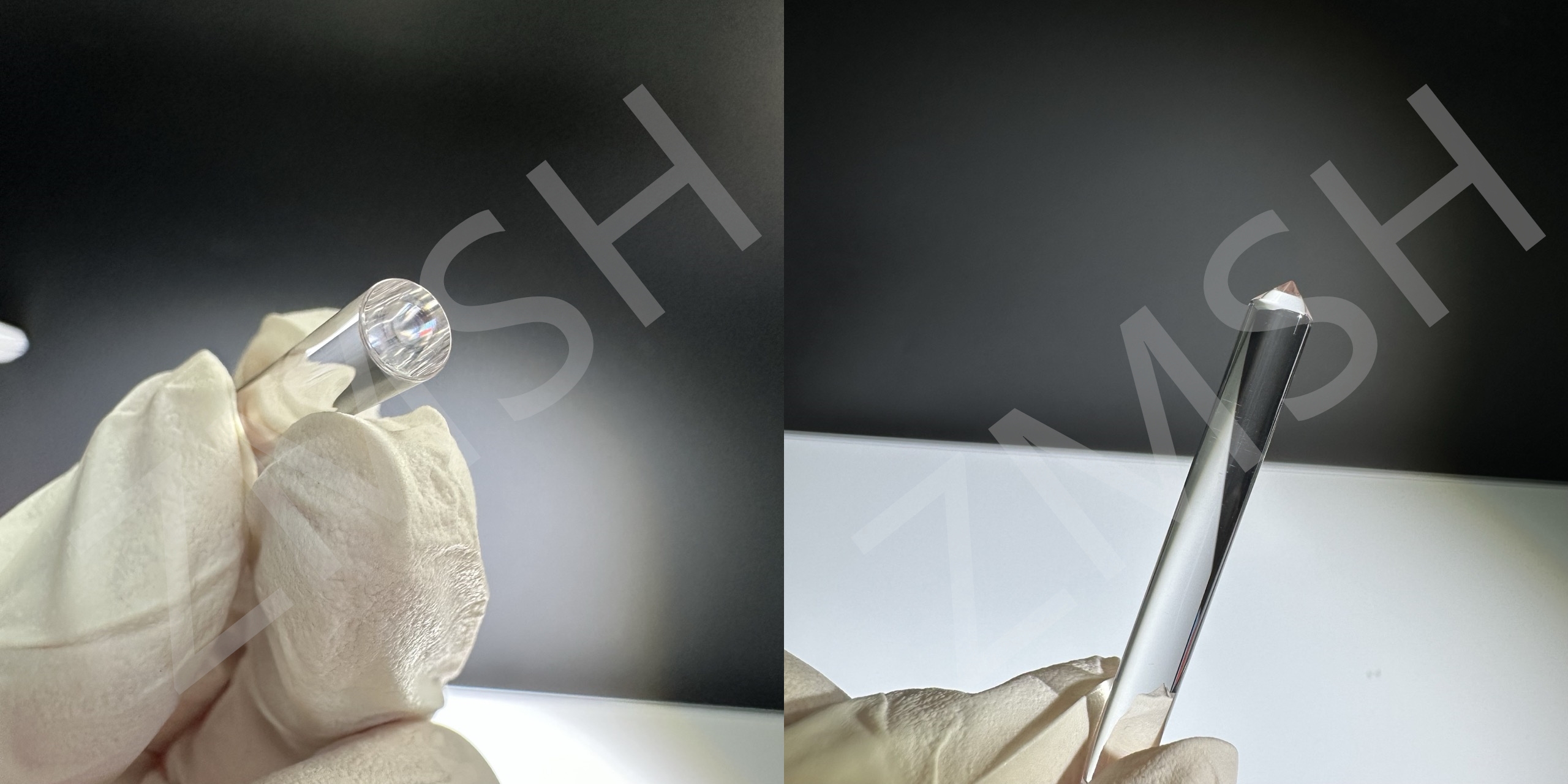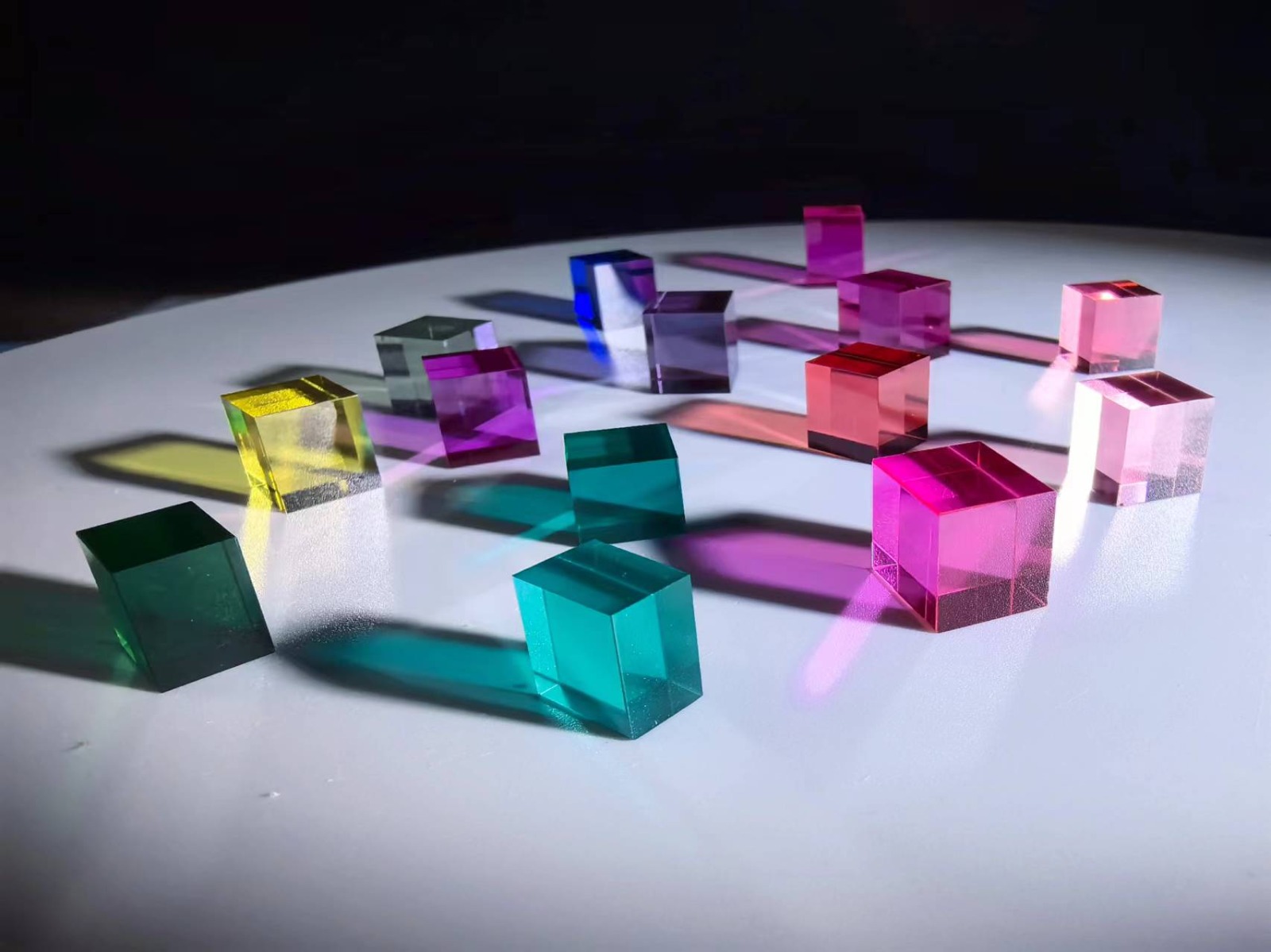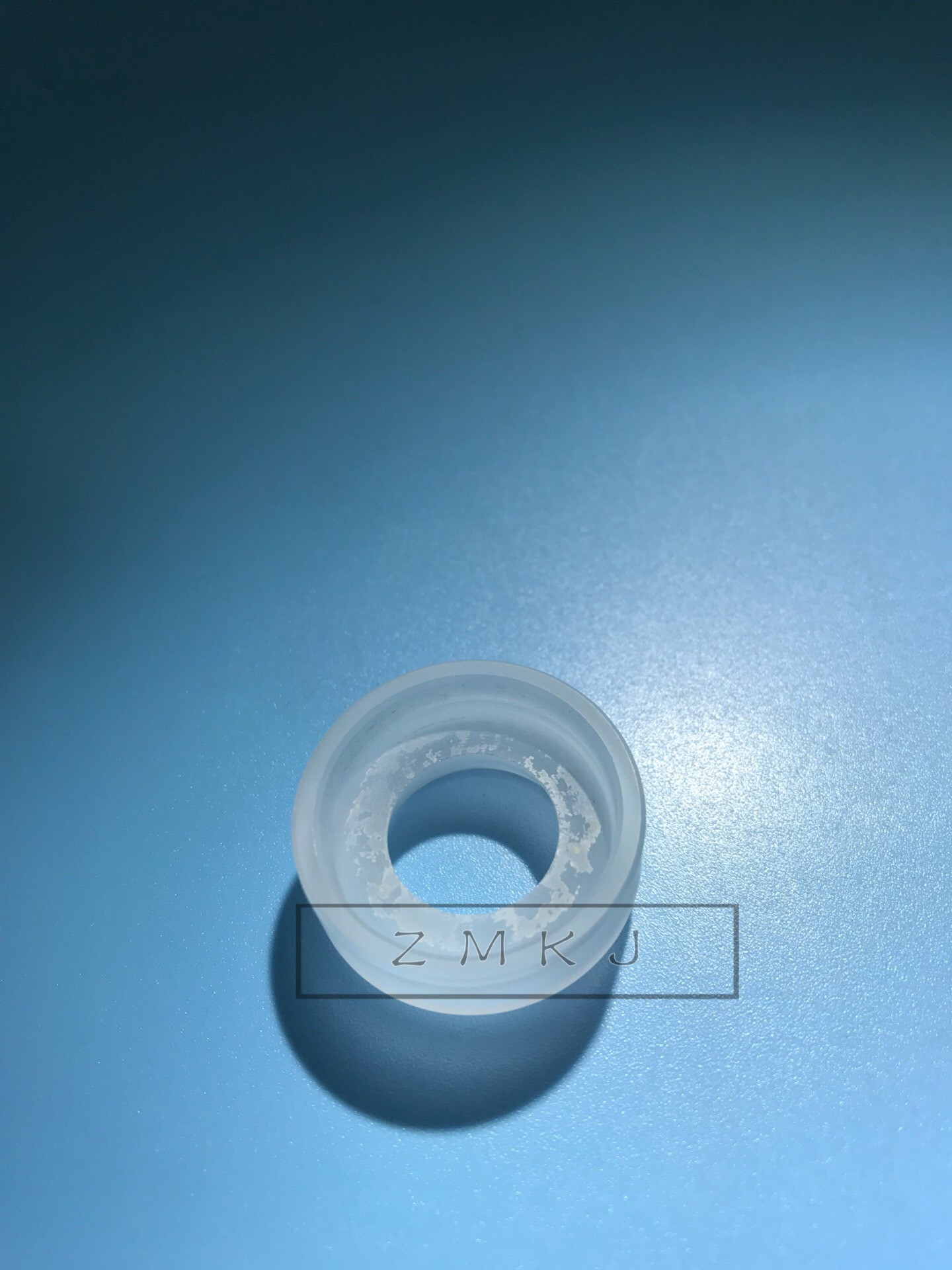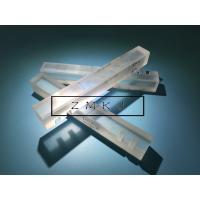Sapphire Optical Lens, Al2O3 Single Crystal Glass, Sapphire Optical
Glass Ingots, Sapphire Optical Rods, Sapphire Optical Stick, Al2O3
Single Crystal Glass Lens, Optical Glass Ingots By Sapphire,
Sapphire Optical Rods

Sapphire Optical Cylinder Feature
+ allow to be customized by design artwork
+ made by synthetic sapphire (99.999%Al2O3)
+ high-hardness 9 Mohs, outstanding scratch resistance and chemical stability
+ great transmittance, about 80%-90% in the visible light spectrum
(approximately 400-700 nm).
+ widely used for high-end watch faces, camera lenses, optical
instruments, medical devices, laser systems, high-precision sensors
About Sapphire
Sapphire is the general name for corundum gemstones other than
ruby, and its main component is aluminium oxide (Al2O₃). Sapphire
can be pink, yellow, green, white, and even in the same stone. The
blue sapphire is due to the presence of a small amount of titanium
(Ti) and iron (Fe) impurities.
The biggest feature of sapphire is uneven colour. You can see
straight colour bands and growth lines of different depths arranged
in parallel hexagonal prisms. Polysynthetic twins are developed,
and shutter-type twin patterns are common. Cracks are mostly split
along twin planes. Strong dichroism.
*This is the colored sapphire

About Sapphire Optical
Sapphire optical cylinders, with diameters typically ranging from a
few millimetres to several centimeters and customizable lengths,
are highly valued for their superior optical performance and
durability.
These properties make them ideal for use in lenses, windows, sensor
covers, and diffuse filters.
Their excellent thermal stability and chemical resistance also make
them suitable for high-temperature applications and medical
devices, where biocompatibility and sterilization resistance are
crucial.
In addition to these uses, sapphire optical cylinders are widely
employed in infrared and far-infrared military equipment, including
night vision infrared and far-infrared sights, and night vision
cameras.
They are also integral to satellite and space technology
instruments, high-power laser windows, various optical prisms,
optical windows, UV and IR windows and lenses, and observation
ports for low-temperature experiments.
The combination of these versatile properties makes sapphire
optical cylinders a reliable choice for a broad spectrum of
industrial, scientific, and medical applications.
| Chemical formula | Al2O3 |
| Crystal class | Hexagonal system, rhomboidal class 3m |
| Density, g/cm3 | 3.98 |
| Melting point, °K | 2303 |
| Optical transmission range, µm | 0.17 - 5.5 |
| Refractive index at 0.532 µm | n0=1.7717, ne=1.76355 |
| Water absorption | nil |
| Young Modulus, Gpa | 345 |
| Shear Modulus, Gpa | 145 |
| Bulk Modulus, Gpa | 240 |
*The transmission curve of the sapphire cylinder lens
Other samples

*Also, we accept customized if you have further requirements.
Products recommend









 *Also, we accept customized if you have further requirements.
*Also, we accept customized if you have further requirements.





